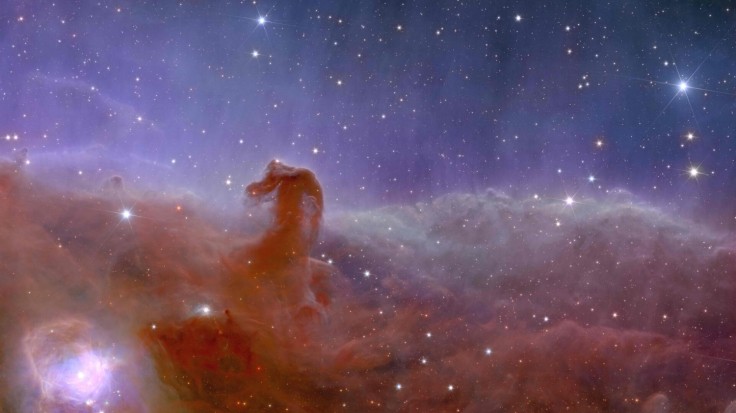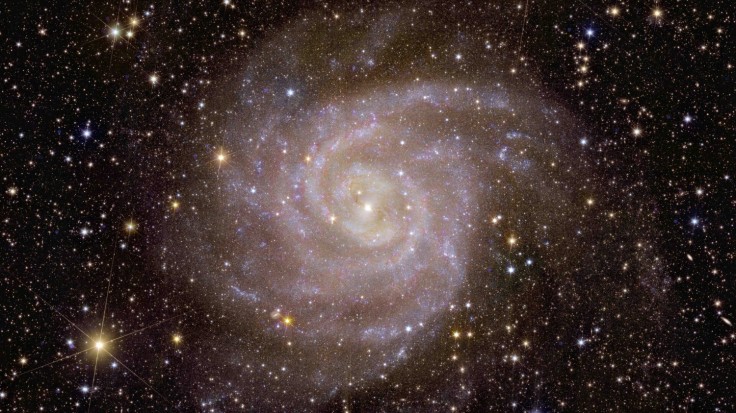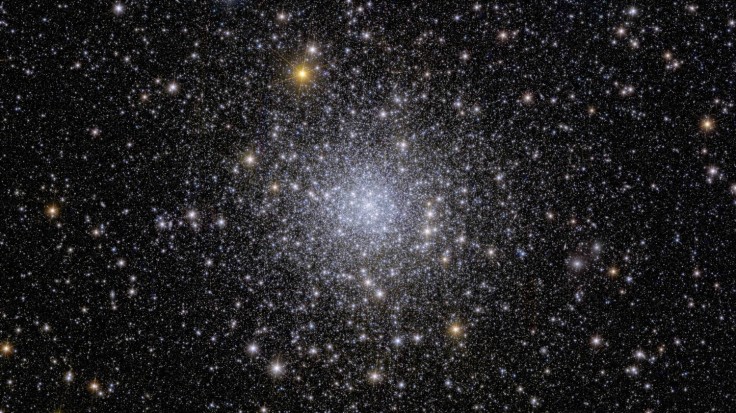European Space Agency's (ESA) Euclid Telescope has brought light into the veils of the cosmos in its first images of the "dark universe."

The ESA said the detailed photographs of the universe was achieved through Euclid's wide perspective camera can capture images 100 times better than NASA's James Webb Space Telescope.
Billions of galaxies from up to 10 billion lightyears away became observable thanks to the telescope and ESA's 3D map.
Euclid Telescope Images of the Galaxy
Euclid's images shined a star-filled view to the nearby Perseus Cluster and its 1,000 galaxies, as well as 100,000 more distant star systems.

Max Planck Institute for Extraterrestrial Physics scientist Matthias Kluge the Euclid telescope was able to map the shapes, distribution, and measure down even the faintest region of the star cluster through its "huge field of view and its high sensitivity."
The popular galaxy is 240.1 million light years away from Earth and is about 11 million light years across. Despite being close, capturing the contains of the Perseus Cluster stumped scientists for decades.
Kluge said the images from Euclid will help institutions "gain new insights" to the late stages of galaxy evolution.
Euclid was also able to capture the hidden spiral galaxy IC 342, the irregular dwarf NGC 6822, and globular cluster NGC 6397 that are only able to be viewed through infrared light.
Related Articles : ESA To Broadcast Euclid Space Telescope Launch - Here's How To Watch It
Euclid Telescope's Purpose to Observe the Dark Universe
Launched in July, Euclid was ESA's step to unlock the secrets of the galaxy, of which 95% remains hidden from humanity.
The $1 billion mission to help scientists have a better grasp to the formation and distribution of previously thought unobservable galaxies in the so-called cosmic web of the universe.

The Euclid Telescope is expected to operate for six years with a possible six-month extension from its propellants to keep it in solar orbit 1.5 million km away from Earth. ESA will be working with NASA on the duration of Euclid's lifespan.
Related Articles : NASA Releases the Audio of What the Black Hole Sounds Like









